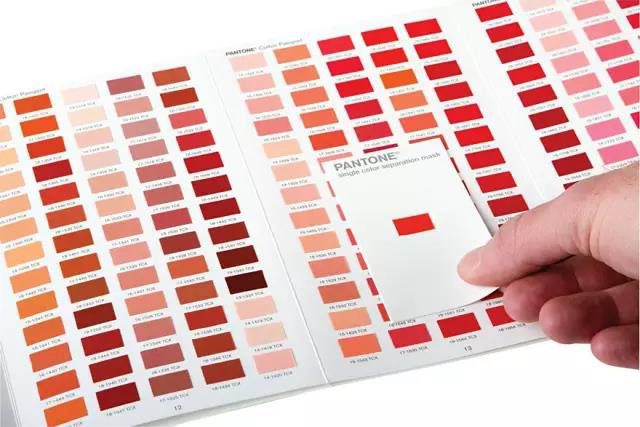Standard Color Card That Textile Dyeing People Need To Know
1.PANTONE
Pantone should be the most in contact with textile, printing and dyeing practitioners. Headquartered in Carlsdale, New Jersey, is a globally recognized authority for the development and research of color and a supplier of color systems, providing printing and other related technologies such as digital technology, textiles, Professional color choices and precise communication languages for plastics, architecture and interior design.
The color cards for the textile industry are PANTONE TX cards, which are divided into PANTONE TPX (paper card) and PANTONE TCX (cotton card). PANTONE C and U cards are also used more frequently in the printing industry.
In the past 19 years, the annual Pantone annual fashion color has become the representative of the world’s popular colors!
2.CNCS color card: China National Standard Color Card.
Since 2001, China Textile Information Center has undertaken the “China Applied Color Research Project” of the Ministry of Science and Technology and established the CNCS color system. After that, extensive color research was conducted, and color information was collected through the Center’s trend research department, China Fashion Color Association, foreign partners, buyers, designers, etc. to conduct market research. After several years of hard work, the first version of the color system was developed and the materials and processes used were determined.
CNCSCOLOR’s 7-digit number, the first 3 digits are the hue, the middle 2 digits are the brightness, and the last 2 digits are the chroma.
Hue (Hue)
Hue is divided into 160 levels, and the label range is 001-160. The hue is arranged in the order of the color from red to yellow, green, blue, purple, etc. in a counterclockwise direction on a hue ring. The CNCS hue ring is shown in Figure 1.
Brightness
It is divided into 99 brightness levels between ideal black and ideal white. The brightness numbers are arranged from 01 to 99, from small to large (ie from deep to shallow).
Chroma
The chroma number starts from 01 and is sequentially incremented by the center of the hue ring from the direction of the radiation, such as 01, 02, 03, 04, 05, 06… The extremely low chroma with a chroma of less than 01 is indicated by 00.
3.DIC COLOR
DIC color card, originated in Japan, is used in industrial, graphic design, packaging, paper printing, architectural coatings, ink, textile, printing and dyeing, design and so on.
- MUNSELL
The color card is named after the American colorist Albert H. Munsell (1858-1918). The Munsell color system has been repeatedly revised by the National Bureau of Standards and the Optical Society, and has become one of the recognized standard color systems in the color field.
5.NCS
The NCS research began in 1611 and has become the national inspection standard for Sweden, Norway, Spain, etc. It is the most widely used color system in Europe. It describes the color by looking at the color of the eye. The surface color is defined in the NCS color card and a color number is given.
The NCS color card can determine the basic properties of the color by color number, such as: blackness, chroma, whiteness, and hue. The NCS color card number describes the visual properties of the color, regardless of the pigment formulation and optical parameters.
6.RAL, German Raul color card.
The German European Standard is also widely used internationally. In 1927, when RAL was involved in the color industry, it created a unified language that established standard statistics and naming for colorful colors, which were widely understood and applied worldwide. The 4-digit RAL color has been used as a color standard for 70 years and has grown to more than 200.

Post time: Dec-06-2018










